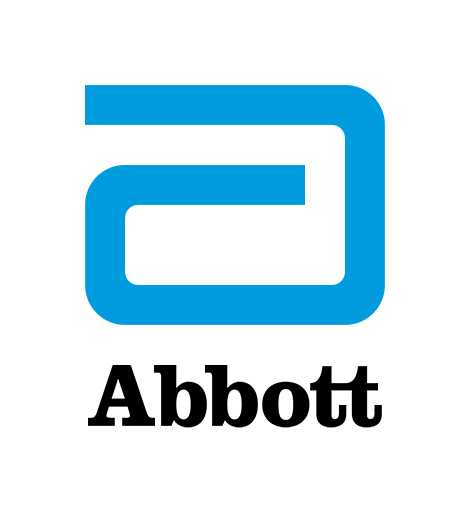How To Get Into a Runner’s Mindset
Use these lessons from a Six Star medalist to set your own running goals.

Our biggest goals are unlikely to come easy.
That means late nights and early mornings — with loads of dedication in-between.
But even with plenty of hustle in store, there are also savvy ways to tackle some of the biggest challenges ahead.
Whether you're an athlete racing to the finish line, an entrepreneur getting your idea off the ground, or a rising star in your profession, there are smart ways to approach your ambitions to get to the top.
Just ask Meghann Featherstun about her hustle. The marathoner and sports dietitian is celebrating the ultimate prize: winning her Abbott World Marathon Majors Six Star medal. The Six Star medal was introduced in 2016 to honor the runners who complete all six major marathons, and Featherstun earned hers after running the TCS London Marathon. From Berlin, Tokyo, Chicago, Boston, New York and now London, Featherstun has learned a lot about herself and her best nutrition along the way.
She’s breaking down how to get into a runner’s mindset by sharing six things she’s learned for six stars.
Take it Step by Step
Looking 10 steps — or 10 marathons — ahead can make it easy to get nervous about the challenges that you’ve yet to encounter, said Featherstun who ran her first marathon in 2009.
But taking these small steps adds up. The 16-time marathoner is one of the fastest in her age group, improving her time — and her nutrition — nearly every time.
Featherstun, who turned 40 years old this year, now runs marathons in under 2 hours and 50 minutes. (For context, the average marathon finish time for all runners is estimated to be around 4 hours, 30 minutes.)
“At first, you’re thinking, ‘I just have to get out there and run,’ ” she said. “But then you can look back and realize just how far you’ve come.”
There’s Always Room for Improvement
Featherstun doesn't allow herself to become complacent when it comes to accumulating wins. And she’s learned to not only refine her training regimen but also her marathon nutrition strategies.
In recent races, that’s meant planning her hydration in the days leading up to the event, finetuning her carb-loading schedule and determining the optimal fuel throughout the run.
“Running marathons means we have to take our nutrition to a place that no one has taught us before,” she said. “Performance nutrition is not even on most people’s radar and can take a lot of attention.”
There’s Not One Right Path
Featherstun, who guides others looking to compete in long-distance running and improve their own nutrition is careful when it comes to giving advice. The mother of two shaved off 30 minutes off her time between her first and fourth marathons by tweaking her own marathon nutrition.
That said, instead of prescribing a one-size-fits-all approach, she encourages athletes to listen to their bodies when it comes to exploring different strategies — and to keep going. “When I work with clients, I actually help them understand some of their personal pain points,” she said.
Find Your Rituals
Whether it’s stocking bagels for some extra carbs or sipping an electrolyte drink like Pedialyte Sport in the days before a long run, Featherstun recommends building your own comfort-focused routine. For her, that means eating a few graham crackers before her morning run to replenish her glycogen stores without sitting down to a full breakfast.
When traveling across time zones — like she did to Berlin, London and Tokyo — she’s also careful to stash her favorites in her carry-on rather than focus on diversifying her nutrition. “It’s about packing those old trusty foods,” she said. “And it’s OK to have a little more of what works.”
Build a Community You Trust
No matter the industry — or the sport — becoming part of a supportive community can make it easier to get through the ups and downs. Finding mentors and others willing to share their insights on long distance running has helped Featherstun understand how to move forward when she’s feeling stuck.
When running the major marathons, Featherstun swears by showing up and mingling at the various events throughout the weekend. “It’s all about meeting people and seeing what worked for others,” she said.
Back home in Ohio, she often works with fellow runners to understand how much fuel they need in the days running up to their longest runs. Many runners don’t realize how much energy they burn on those days and how tough it can be on the body.
“Under-fueling is really dangerous, but you don’t have to learn the hard way — you can gather this intel from the running community and peers,” she said.
Enjoy the Journey
Running the Abbott World Marathon Majors didn’t just make Featherstun faster or stronger. If you look for it, marathon running transforms the people who take on the challenge beyond their physical capability. Featherstun described how performance running changed the way she saw herself and what she was capable of — running her fastest marathon at 40 while juggling being a mom and business owner.
It even changed the way she sees food, now seeing how food is the fuel our bodies need to be our best selves.
When you stop and look around — running a marathon (or six) has the power to change the way you see yourself and the world around you.
Abbott is the title sponsor of the Abbott World Marathon Majors, a series of six of the largest and most renowned marathons in the world: Tokyo Marathon, Boston Marathon presented by Bank of America, TCS London Marathon, BMW Berlin-Marathon, Bank of America Chicago Marathon and TCS New York City Marathon.

